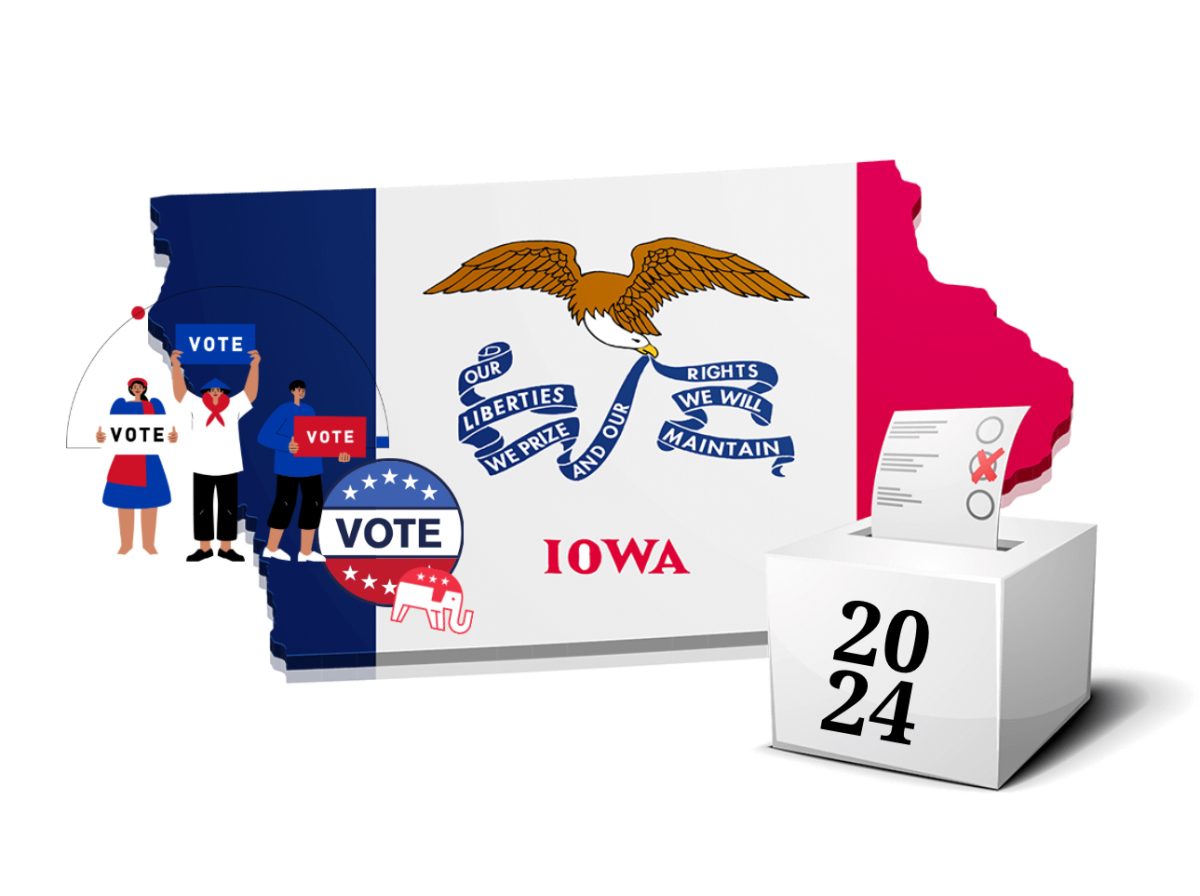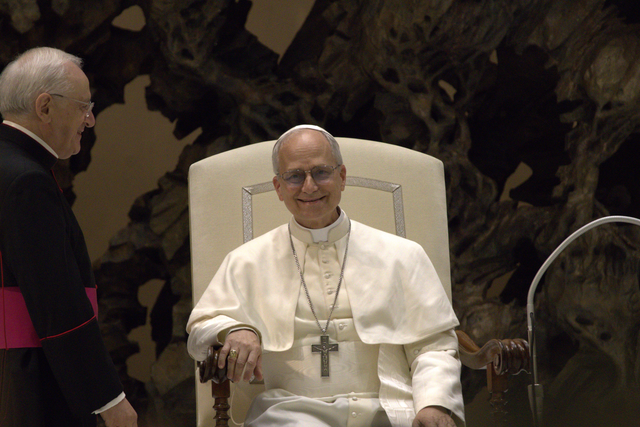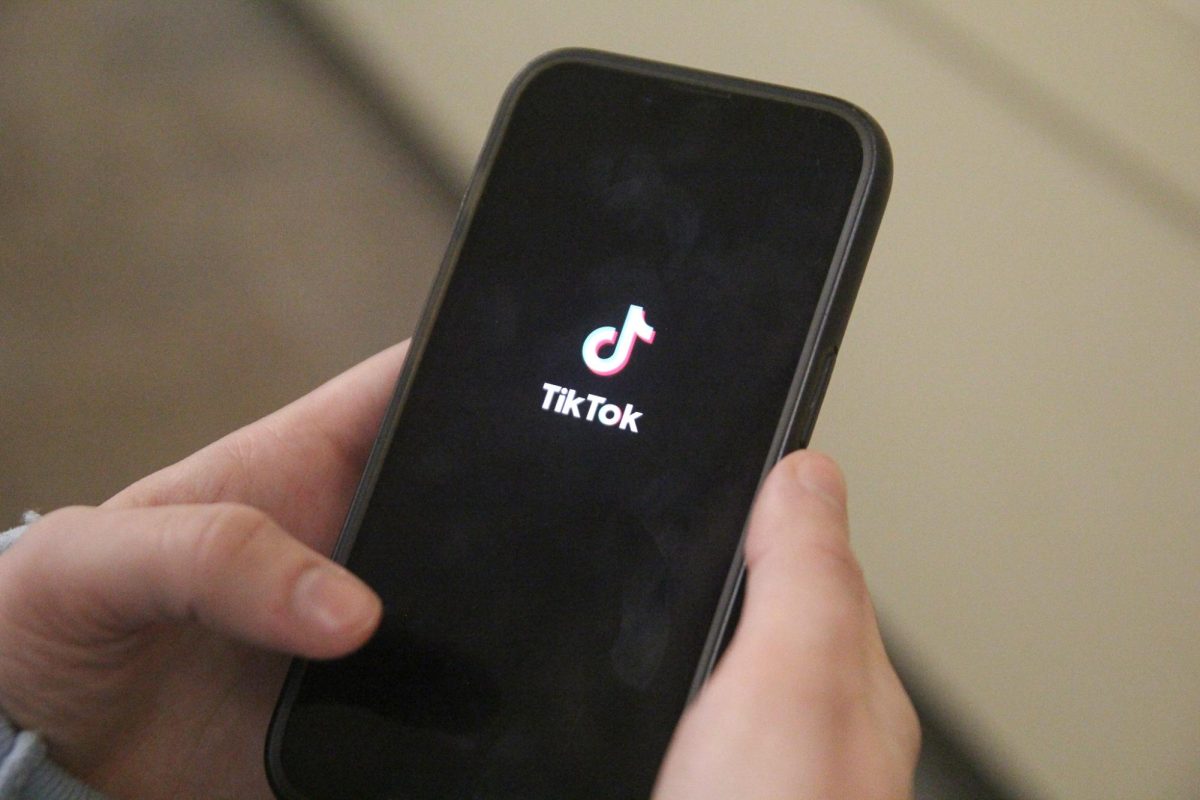Caucuses, primaries, bound and unbound delegates—these words often get thrown around during the time where America starts to pick their presidential candidates. Unfortunately, the reality is during the primaries most of the time we simply look at the results on google and call it a day.
However, this google search is only a summary of votes that glosses over key parts of the candidate selection process, some of which even have the potential to change presidential results all together. As upcoming voters in the 2024 election, this issue is more important than ever and students should understand exactly how and why their voice matters.
Let’s start with the most important part first. This is the difference between a primary and a caucus, when it happens, and why.
In an election year, to determine a presidential candidate for a specific party (this year being Republican), a primary is run by the state government. This means that voting is traditional with a ballot style box where an individual votes in secret. Most primaries are open, meaning that all voters can participate, regardless of party affiliation. In other words, democrats can vote for which republican candidates they want and vice versa.
However, caucuses are meetings that are held by political parties allowing only registered voters of that specific party to participate. In a caucus, voting is more unconventional, and elaborate. Voters are encouraged to stand up and divide themselves into groups based on who they wish to vote for. This was the original way that candidates were chosen in the constitution until a push was made for a “more democratic” voting system like the primaries where one can vote without the influence of others.
When choosing between the two voting systems, it is ultimately up to the state to decide which to use. As of right now, 11 out of 50 States use the caucus system, and the other 39 opt for primaries.
After the primaries or caucuses take place, the winning candidate is typically guaranteed a certain amount of delegates. When we think of delegates, many jump straight to the electoral college, but in reality, this system is also an intricate part of the candidate selection process.
Each state has a certain number of delegates that will represent it at the Democratic National Convention or Republican National Convention held in July of the election year (this year’s being July 15th 2024). At this convention, the delegates are awarded to each presidential candidate, and the one with the most becomes the party nominee.
However, some states have different ways of awarding winners their delegates. For example, some abide by a “winner takes all” method, meaning that whoever wins the caucus or primary receives all of the state’s electors. While others award delegates proportionally to the amount of votes a candidate received. This year, a quick google search would show that Trump won in the Iowa caucus. However, under his name shows that he was awarded 20 delegates, and in second place, Ron DeSantis was awarded 9. This means that Iowa uses a proportional method.
National conventions also have a portion of what are called unbound (in the Republican Party) or unpledged (in the Democrat party) electors. These electors do not have to vote for the candidate that won the caucus or primary but instead can choose based on their personal preference. These delegates are often referred to as superdelegates because of their power. However only a handful of people such as governors, senators, representatives, and former presidents are granted this status.
Finally, while this process may seem somewhat over complicated and confusing, it was intentionally designed by our founding fathers to safeguard democracy, and add multiple layers of filtering before a candidate becomes a nominee. Now, as the 2024 year begins, it is critical for students to understand and become involved in exercising one of their most fundamental rights.









